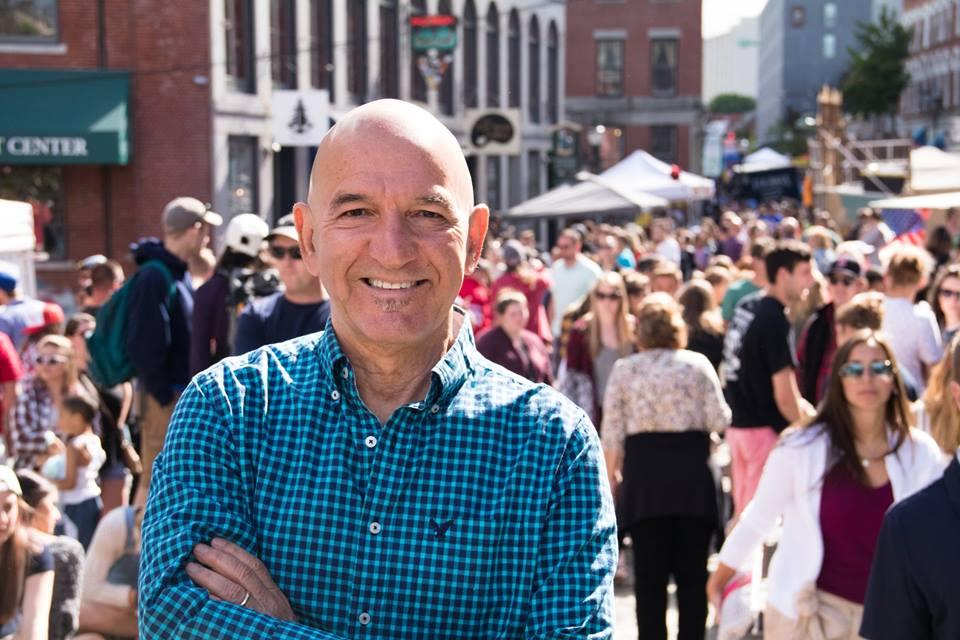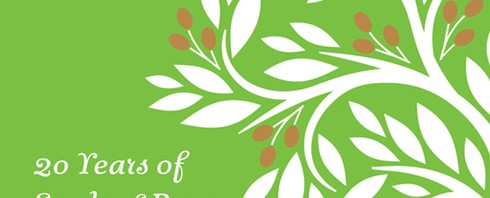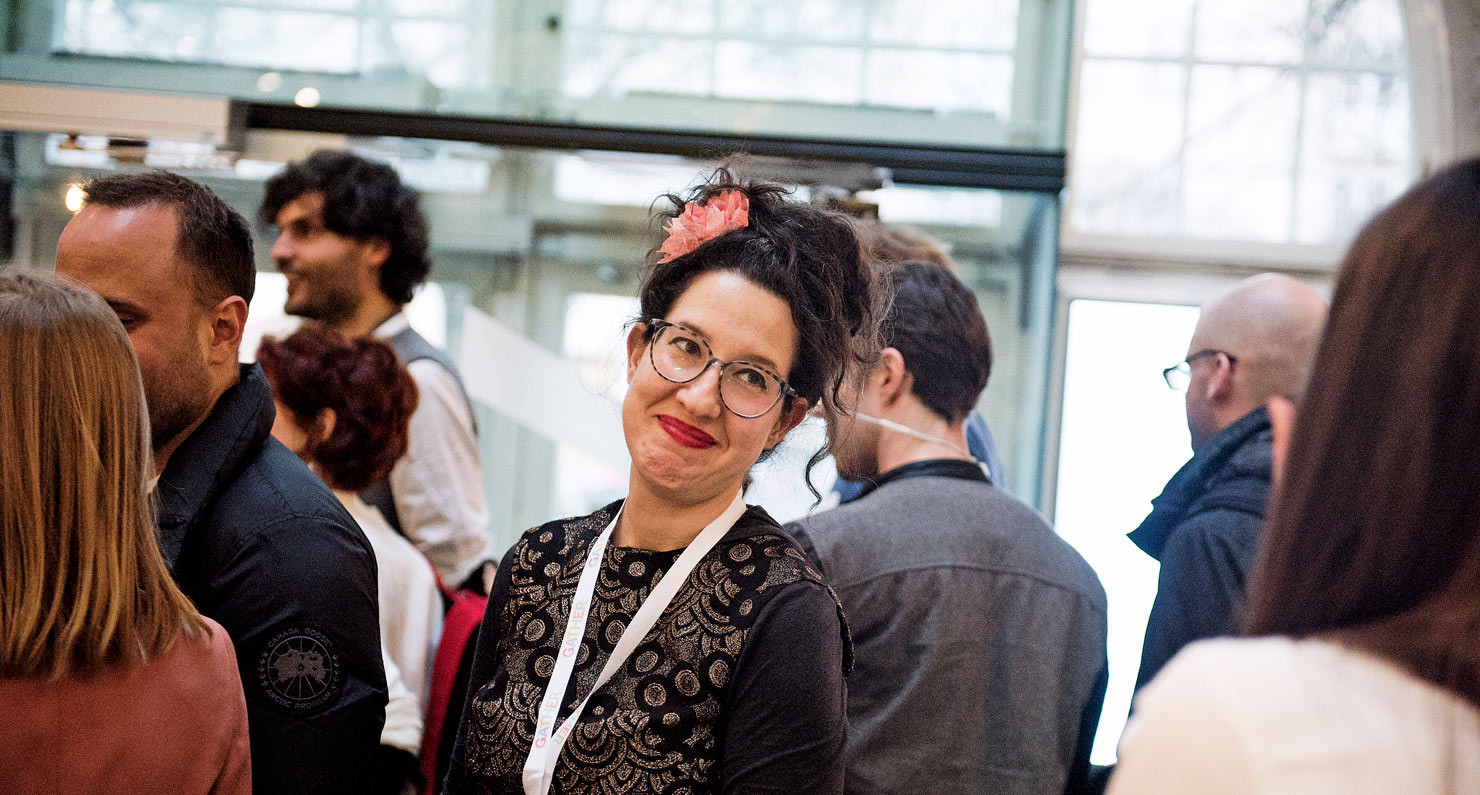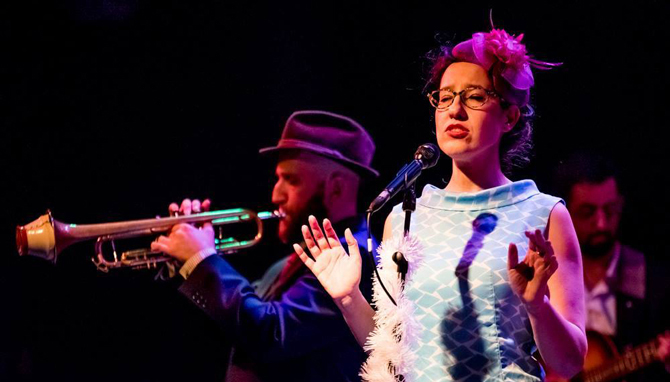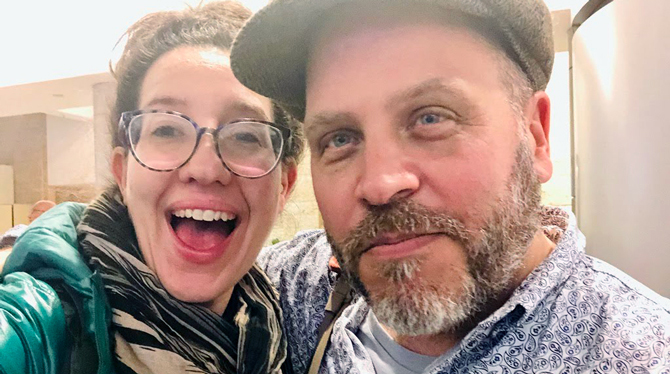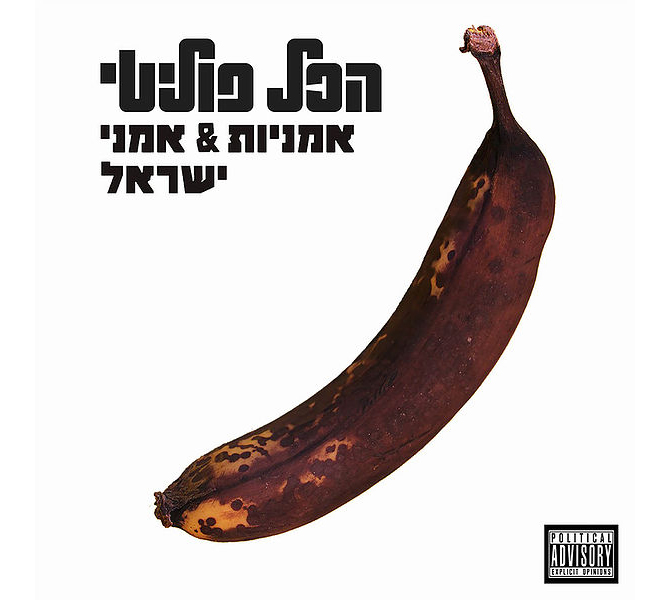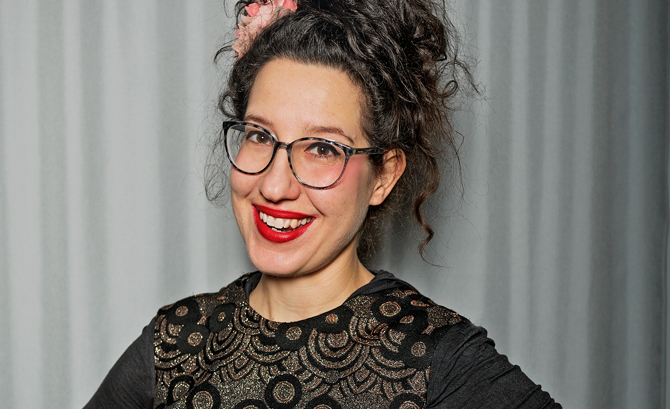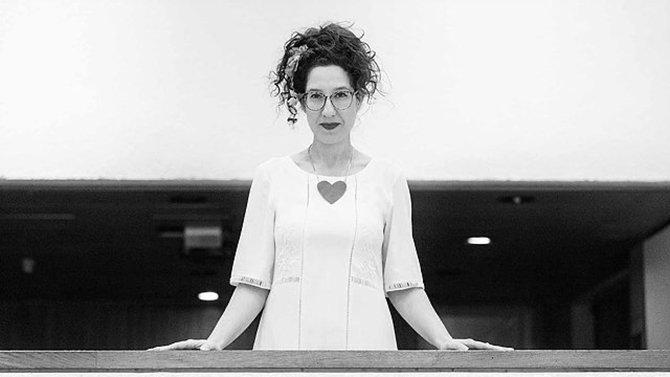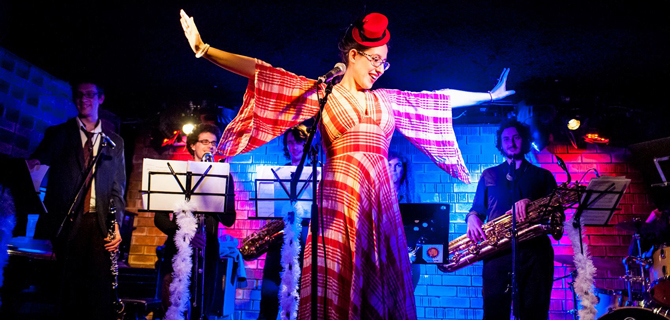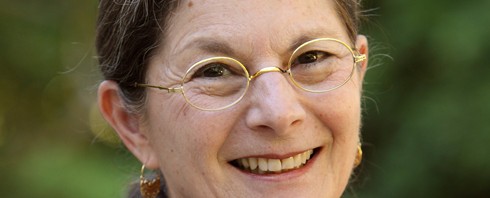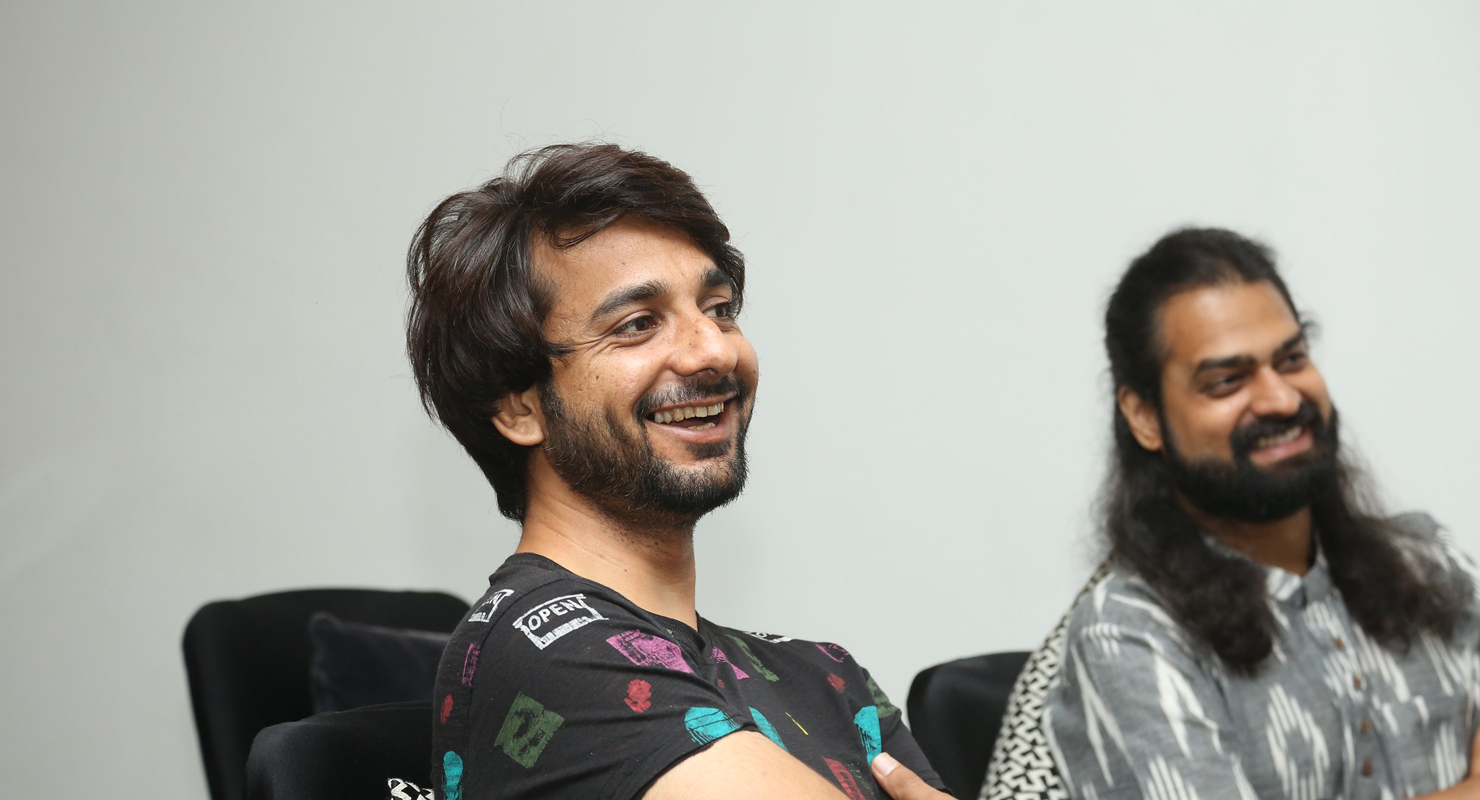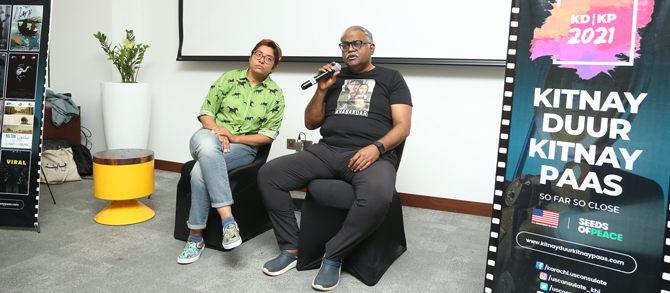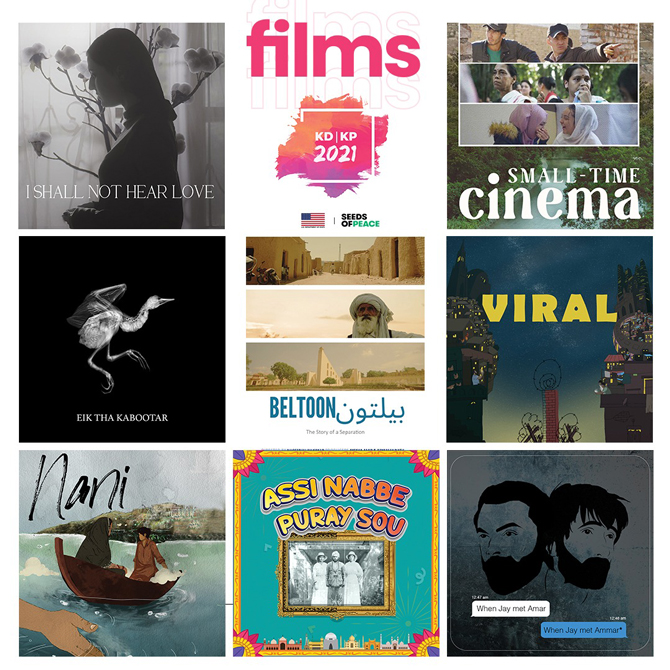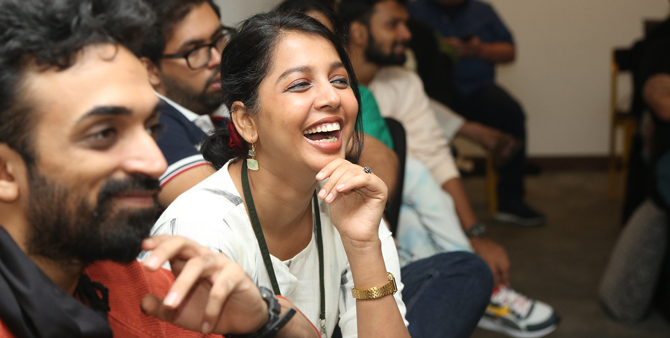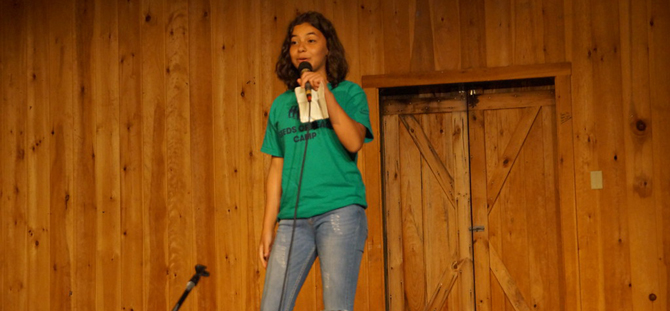BY DONNA STEFANO | Last month I attended a gathering of Israeli and Palestinian organizations to discuss the collapse of the US-led peace initiative. I pointed out the challenge of mapping out a new strategy when so many Israelis and Palestinians are disillusioned with negotiations, noting that the only certainty we have in this region is that a single unforeseen event can take us down a path we would never have predicted.
The very next day, a few miles down the road from where we had met, three Israeli teenagers were killed.
Over the past few weeks, I’ve tried to support young people stunned at the level of hate behind the retaliatory burning death of a Palestinian their own age. I’ve spoken to teenagers in southern Israel who try to convince me that everything is normal, even as they seek shelter from Hamas rockets. I’ve listened to colleagues in Gaza whose neighbors are looking to them for leadership while nearby, Israeli bombs kill scores of civilians, including children.
This violence is senseless, but not surprising. There have been shifts in Israeli and Palestinian society over the last decade which have served to deepen and dehumanize the conflict. Restrictions on Palestinian movements have limited contact between ordinary Palestinians and Israelis. Meanwhile, a swing to the political right in Israel has muted calls to end the occupation.
In Palestine, the political divide between the West Bank and Gaza has resulted in a civil society which sees no legitimacy in any of its leaders. Many Palestinians believe that if the current violence in the West Bank is the beginning of a third Intifada, the uprising will be directed simultaneously at Israel and at their own leadership.
In the current climate, I find hope in the thousands of emerging leaders I work with who can see the other side in a way that most people within their societies seem unable or unwilling to: as fellow humans with the same basic needs of freedom and security.
They engage each other face-to-face as they examine and propose solutions to divisive issues. As they gain positions of influence in their societies, they begin to leverage their new skills and understanding to advance change.
What I see today in the Seeds of Peace community are 5,000 inspired young people reaching out to the other side, listening compassionately to each other, and working towards a different future – one they know is possible. Young people who do not view the conflict as simply “us versus them.”
As one new member of Seeds of Peace said in a meeting with her fellow Israeli and Palestinian peers, “I don’t know what I’ll do yet with my future, but I do know that the next time there is active conflict, I will look at it differently and I will see my friends and their opinions from the other side in a different light. I will talk to them and I will listen.”
Many critics of our cross-border work with young people think it is useless at times like this to try to change how our children view people on the other side of the conflict, to allow them an opportunity to learn about the needs and suffering of the other. In my opinion, it is the only thing that will alter the horrific dynamics we are seeing today.
Donna Stefano is the Jerusalem-based Director of Middle East Programs for Seeds of Peace, a non-profit that seeks to inspire and equip new generations of leaders from regions of conflict with the relationships, understanding and skills needed to advance lasting peace.



